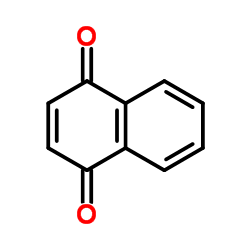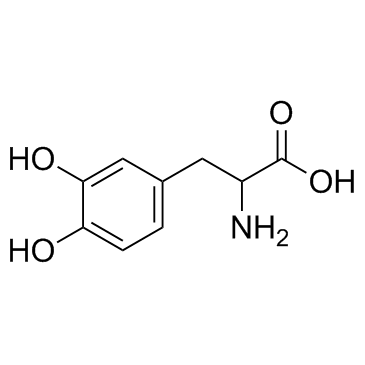| Structure | Name/CAS No. | Articles |
|---|---|---|
 |
1,4-naphthoquinone
CAS:130-15-4 |
|
 |
DL-Dopa
CAS:63-84-3 |
|
 |
Potassium superoxide
CAS:12030-88-5 |